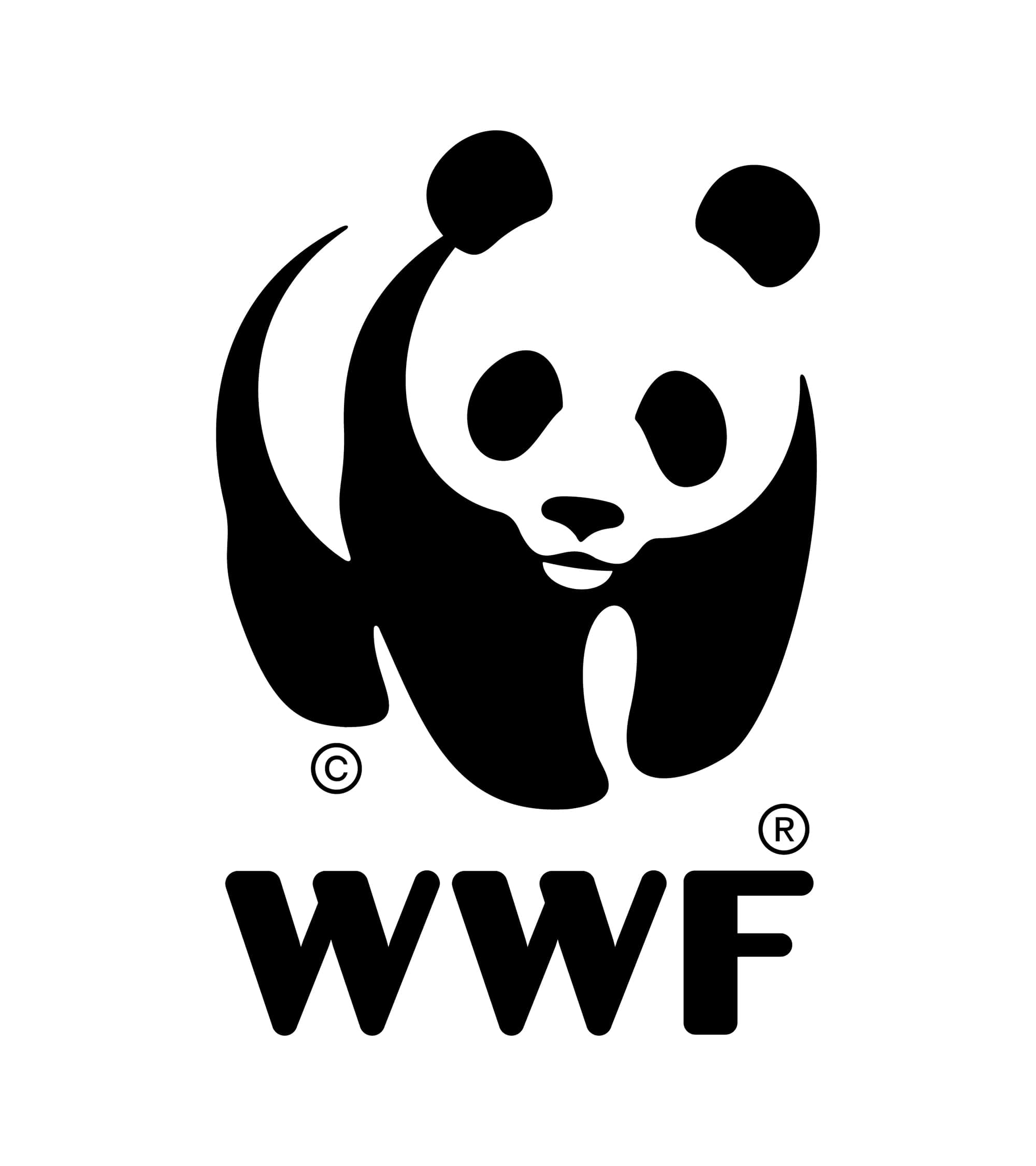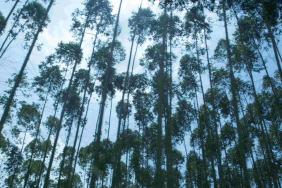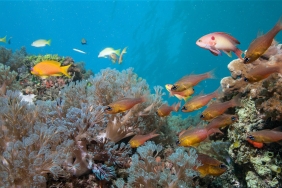LEATHERBACK TURTLES ARE BACK FOR NESTING SEASON
By: Devy Suradji
Since early May 2010, leatherback turtles have entered their nesting season, which is expected to last until September. WWF-Indonesia helps protect the leatherback turtle as one of the key species through various efforts. One of the efforts is to provide patrol techniques in the leatherback turtle nesting habitat, Jamursba Medi beach, Bird's Head region of Papua.
The leatherback turtle's favorite food is jellyfish. That is why the species is found in jellyfish-rich areas of California and Korea. After 3-4 years of migrating from their feeding grounds, the turtles swim across the Pacific ocean to Jamursba Medi beach to lay their eggs. .
The leatherback turtle is a unique endemic species that is difficult to find in other parts of the world. When the time comes, a female turtle will crawl up the beach to lay her eggs, up to four times during one nesting season. Once laid, one turtle produces an average of 40-50 eggs. To protect against predators, she buries her eggs. When burying the eggs, its front flippers scavenge the sand and point it backwards, making a small mound above the hole, while its flippers appear to make movements to compact the soil.
Female sea turtles generally lay eggs when they reach 10 years of age. Unfortunately, out of the dozens of eggs produced, only one hatchling (baby turtle) survives to adulthood (10 years).
Apart from that, leatherback turtles also face extinction threats. The biggest threats are natural predators (wild boars and coyotes) as well as fishing vessels operating in parts of the Pacific Ocean and Aru Sea. Therefore, since 1993, WWF-Indonesia has carried out sea turtle conservation efforts in Jamursba Medi, including by organizing training and patrols involving local communities. With a base camp located at Batu Rumah, Jamursba Medi Beach, WWF-Indonesia facilitates scientists who study and research leatherback turtles.
On July 9, 2010, we had the opportunity to visit the leatherback nesting habitat with WWF-Indonesia's new CEO, Efransjah. At the same time, a number of scientists from both local and overseas universities were conducting research and studies on leatherback turtles. We watched as they carefully and meticulously waited for leatherback turtles to lay and bury their eggs in specially marked areas. They mark each turtle while observing the frequency of its presence and movement on the beach. Every night, local people supervised by WWF-Indonesia patrol the beach and accompany the scientists.
Given that the leatherback turtle is categorized as an endangered species. Jamursba Medi, one of the areas designated for turtle conservation efforts, is an important work site for WWF-Indonesia. The continuation of WWF's efforts on the beach is key to the sustainability of leatherback turtles in our oceans.
(Author is Marketing Director of WWF-Indonesia)>





